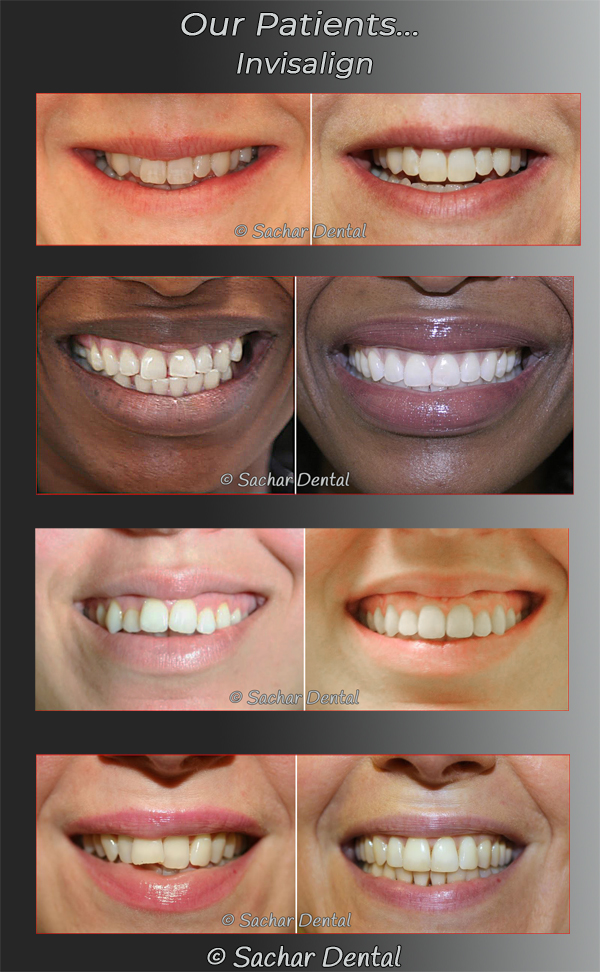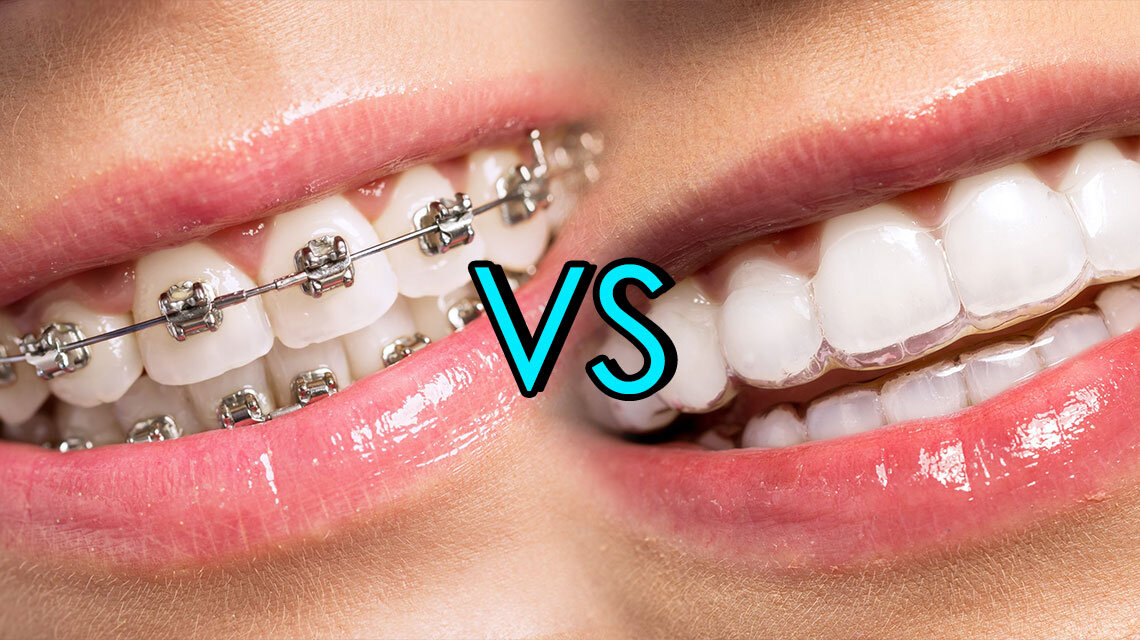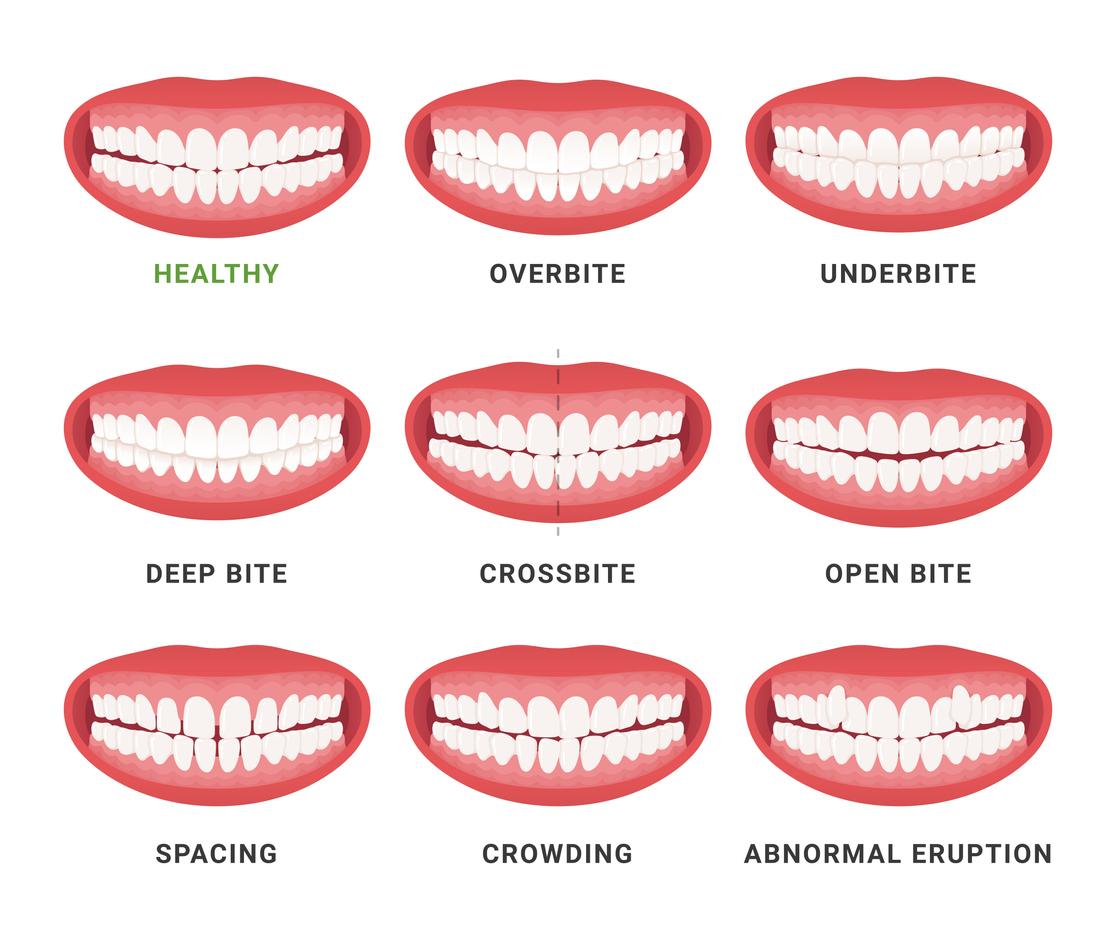Leading Factors to Pick Invisalign Over Other Orthodontic Treatments
Leading Factors to Pick Invisalign Over Other Orthodontic Treatments
Blog Article
Invisalign vs. Standard Dental braces: Which Choice Is Right for You?
When taking into consideration orthodontic treatment, the selection in between Invisalign and typical braces presents numerous crucial aspects that merit careful analysis. Invisalign uses a very discreet choice with detachable aligners, while conventional braces give a more visible yet efficient remedy for severe misalignment. Each alternative includes distinctive benefits and downsides associated with aesthetics, convenience, treatment period, and expense. Recognizing these subtleties is vital for making a notified decision that aligns with your individual choices and lifestyle. The question stays: which choice will finest meet your orthodontic demands and assumptions?
Overview of Therapy Choices

On the other hand, standard braces are composed of metal brackets and wires that are bonded to the teeth. This method uses continual stress gradually to achieve positioning. While effective for intricate orthodontic issues, traditional dental braces need routine gos to for changes and can posture challenges in keeping dental hygiene as a result of the trouble of cleansing around cables and brackets.
Both choices have their merits, and the selection commonly rests on certain dental problems, lifestyle choices, and individual conformity. Inevitably, seeking advice from an orthodontic specialist is critical for determining one of the most suitable therapy strategy tailored to private demands. Understanding the subtleties of each choice can dramatically affect the total success of orthodontic therapy.
Visual Considerations
A substantial aspect influencing the choice in between Invisalign and standard braces is the visual charm each treatment supplies. Invisalign aligners are crafted from clear plastic, making them essentially unnoticeable when worn.
In comparison, standard braces include metal braces and cables, which can be more recognizable. While improvements in orthodontic innovation have brought about the advancement of smaller braces and colored elastics, traditional dental braces still preserve a more conspicuous account. For some people, the exposure of braces may prevent them from seeking necessary therapy.
Inevitably, the selection between Invisalign and standard braces may depend upon individual preferences regarding aesthetics. Clients who focus on discernment commonly favor Invisalign, while those that are less concerned about presence might go with standard braces. Understanding the visual ramifications of each option is crucial for making an educated choice that straightens with one's way of life and choices.
Convenience and Convenience

In terms of convenience, Invisalign aligners are detachable, allowing clients to enjoy their favored foods without limitation and maintain optimal dental health. Brushing and flossing are simplified, as the aligners can be taken out throughout these regimens, whereas standard braces require mindful navigating around brackets and cords.
In contrast, conventional braces necessitate regular changes, making them less hassle-free for those with active routines. Overall, the comfort and comfort of Invisalign make it an attractive choice for several people seeking orthodontic treatment.
Treatment Duration and Effectiveness
While both Invisalign and traditional braces work in fixing oral misalignments, the duration of treatment can differ significantly in between both choices. Commonly, Invisalign treatment can take anywhere from 12 to 18 months, depending on the intricacy of the instance. The clear aligners function by gradually changing teeth right into their wanted settings, and routine follow-ups with an orthodontist aid guarantee progress stays on track.
In comparison, typical braces typically require a longer commitment, usually varying from 18 months to 3 years. This is because of their fixed nature and check my source using braces and cables, which can be extra reliable for serious misalignments and complicated cases (Invisalign). The therapy performance of traditional braces is well-documented, as they permit for exact adjustments and higher control over tooth motion
Inevitably, the option in between Invisalign and standard dental braces click here to find out more might rest on both the anticipated treatment period and the details oral problems handy. Consulting with an orthodontist is important, as they can offer tailored recommendations based upon private needs, making sure the selected technique aligns with wanted durations and end results.
Expense Comparison and Insurance Coverage Choices
Cost plays a substantial function in the decision-making process for people thinking about orthodontic treatment, whether selecting Invisalign or standard braces. Usually, the expense of Invisalign ranges from $3,000 to $8,000, while typical braces generally set you back in between $2,000 and $6,000. Elements affecting these expenses consist of the complexity of the case, the period of treatment, and geographical place.
Insurance coverage can dramatically affect out-of-pocket expenditures. Numerous oral insurance coverage plans supply partial coverage for orthodontic therapies, however the specifics can vary commonly. It is important for patients to examine their insurance coverage to establish the extent of coverage for either choice. Usually, traditional dental braces might be extra often covered by insurance plans contrasted to Invisalign, which some insurers categorize as an aesthetic treatment.
In addition, numerous orthodontic practices supply versatile layaway plan, making both therapy alternatives extra available. People need to inquire about potential financing options and discounts for upfront payments. Evaluating the total cost, including insurance benefits and layaway plan, is essential for making a notified choice that lines up with both aesthetic preferences and budget considerations.

Verdict
In recap, the selection in between Invisalign and standard dental braces depends upon several elements, including visual choices, convenience, treatment duration, and price. Invisalign supplies a very discreet, removable option that facilitates dental health and dietary flexibility, while traditional dental braces might be much more suitable for intricate dental problems and typically come at a reduced cost point. Inevitably, appointment with an orthodontist is necessary to evaluate individual circumstances and establish one of the most suitable treatment alternative for accomplishing optimal oral alignment.
When taking into consideration orthodontic treatment, the choice between Invisalign and traditional braces offers a number of crucial factors that warrant cautious assessment.Contrasting Invisalign and conventional dental braces exposes distinctive treatment alternatives for orthodontic modification.While both Invisalign and conventional dental braces are effective in dealing with dental imbalances, the duration of therapy can differ site here dramatically between the 2 choices.Price plays a significant duty in the decision-making process for individuals taking into consideration orthodontic treatment, whether choosing for Invisalign or conventional dental braces.In summary, the option in between Invisalign and conventional dental braces pivots on several variables, including visual preferences, comfort, therapy duration, and expense.
Report this page